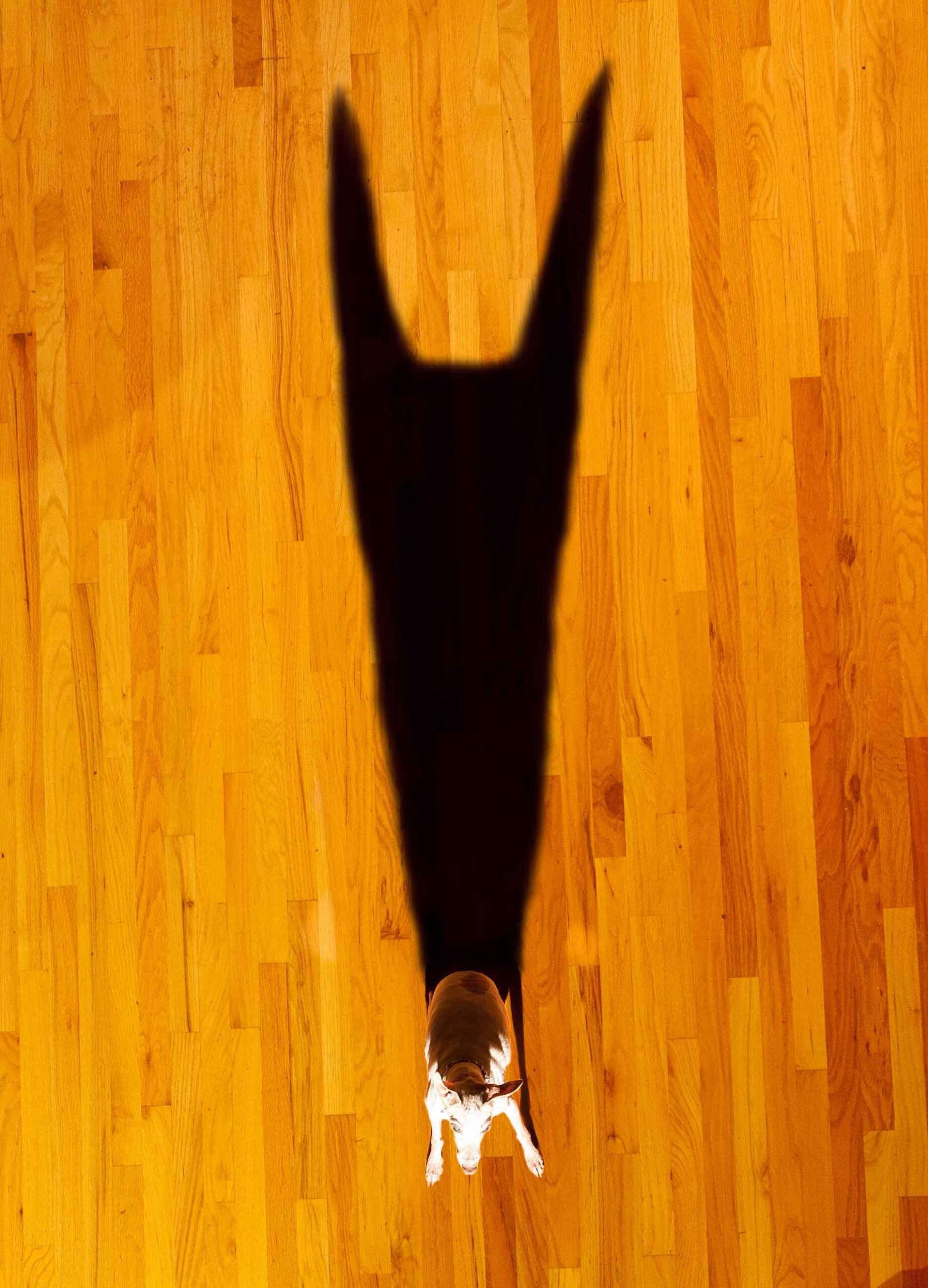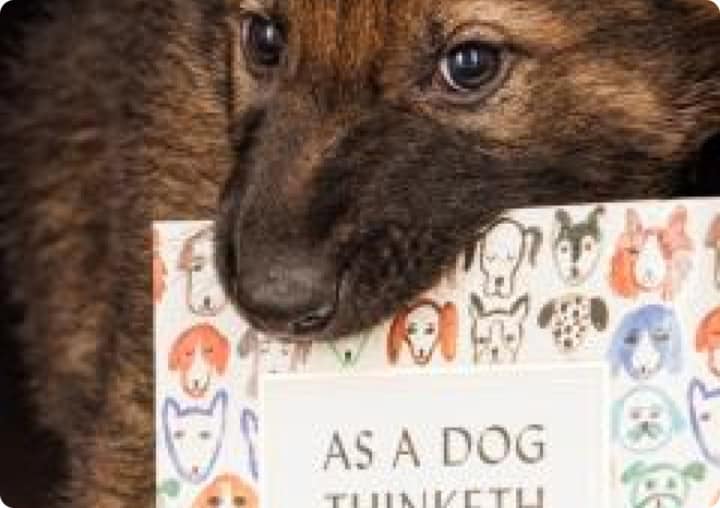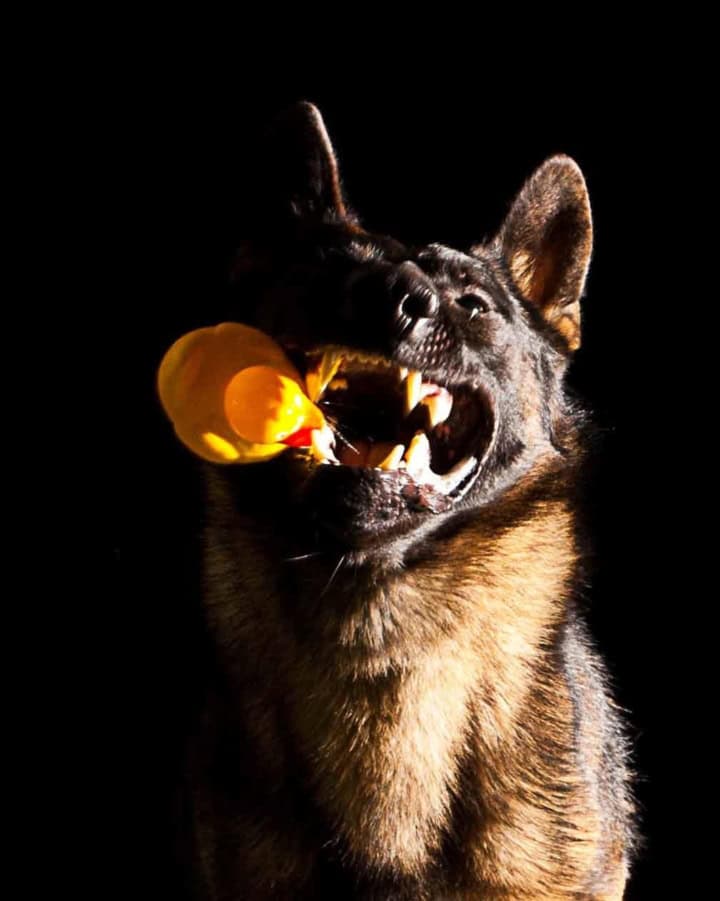Rehabbing a Problematic Dog: Trials and Tribulations from BootCamp
My students and I just spent four days walking and training. We took our problematic dogs all over this fine city, and by day two, we had some of the best trained dogs in this city. We graduated the weekend at Petapalooza, with our reactive dogs responding to their triggers with pants and lolling tongues. And this is how we got there…
1) Going past another dog, make sure your muscles relax. One muscle tensing can be enough to trigger an explosion. Loosen your hand, forearm, and shoulder, and walk through with purposeful determination. And breathe.
2) Imagine in your head exactly how you want your dog to look as you pass by the oncoming dog. As you visualize it in advance, also have plan B ready just incase your dog has another plan in mind.
3) Walk your line and claim your path – and no more deaking into ditches and the trees. Your body language should look like a normal person casually walking their normal dog.
4) Loose Leash Walking seems to be a lost art. Your hand should be open on your leash, and just a thumb closing in will get a difference in your dog. Think horse-riding and reigns; through your leash you offer suggestions that your schooled dog will take.
5) As we master our challenges and feel great about ourselves, we still get stuck when we approach a dog that scares us. Normally these are the dogs that will slaughter our dogs if ours choose to cause trouble, so our fears were well founded. When approaching these dogs, recite your mental checklist of your handlings skills. 1) Walk your Path and don’t avoid, 2) Open your Hand, 3) Swing your Arm and 4) Slow down.
6) Your dogs will get safety in a group (Pack Walk). This is a great step, but you still need to go walking on your own. Go walking alone right away so that you remember your jobs.
7) After every walk (at least to start) calculate the percentage that you did your mental game right, percentage that you did your technical game right, and then list every technique and moment that you did right. This will help you to remember it, and make it more firm in your memory.
8) With many dogs, as they start to learn what we want, we must go softer, not harder. Your cues must be way less, your movements slower and softer, or you will actually trigger responses from your dog.
9) Never go past a dog while your own is misbehaving. You need good behaviour before your challenge has left, so go slow enough so that you can get that. Keep your forward momentum, but go at a snails pace if needed. You need to master each and every pass by. Going slow calms you down, and it calms your dog down. So when struggling, slow down. As soon as you are past them you can pick up your speed again.
10) Stopping is graduation step. It is the hardest of them all and some dogs might never get to this point. Always watch carefully when you are stopped, and help your dogs.
11) Go Hunting for Victims. It is much funner than trying to hide in the bushes.
12) Don’t be as reactive as your dog. People will be rude to you, often with the best of intentions. Smile sweetly, and in your mind thank them for donating this training moment.
13) The ruder the person who judges you, the bigger you must smile. Imagine in your head what dog they will end up with next. Karma is a bitch.
14) As you graduate, if your dog is off-leash as you pass by, teach your dog a verbal cue to get him moving forward. You need for them to have forward momentum without the leash forcing it – you can always manufacture this by throwing food forward. However, be aware of the presence of other dogs when doing this, and don’t do this if your own wants to guard food.
Monique Anstee
Victoria, BC


